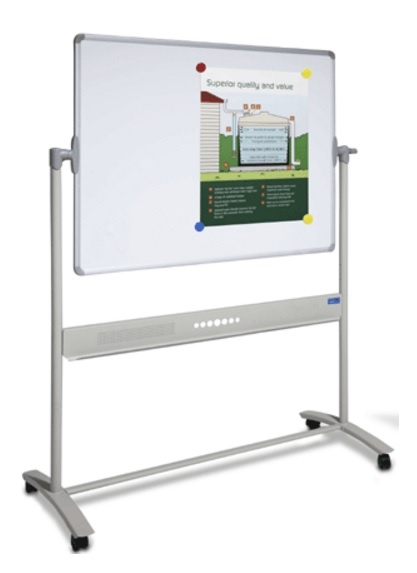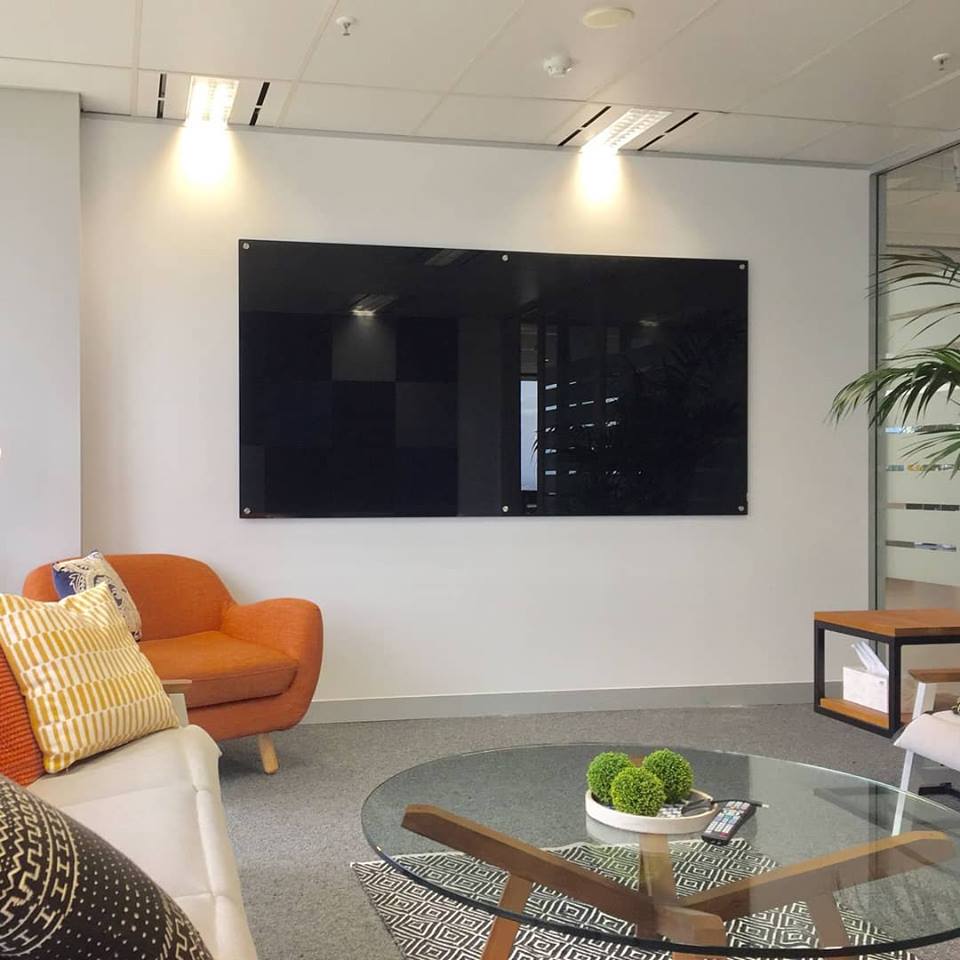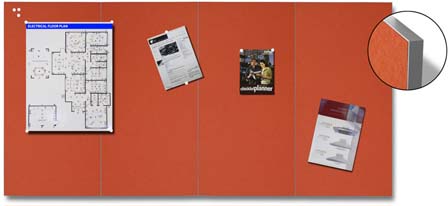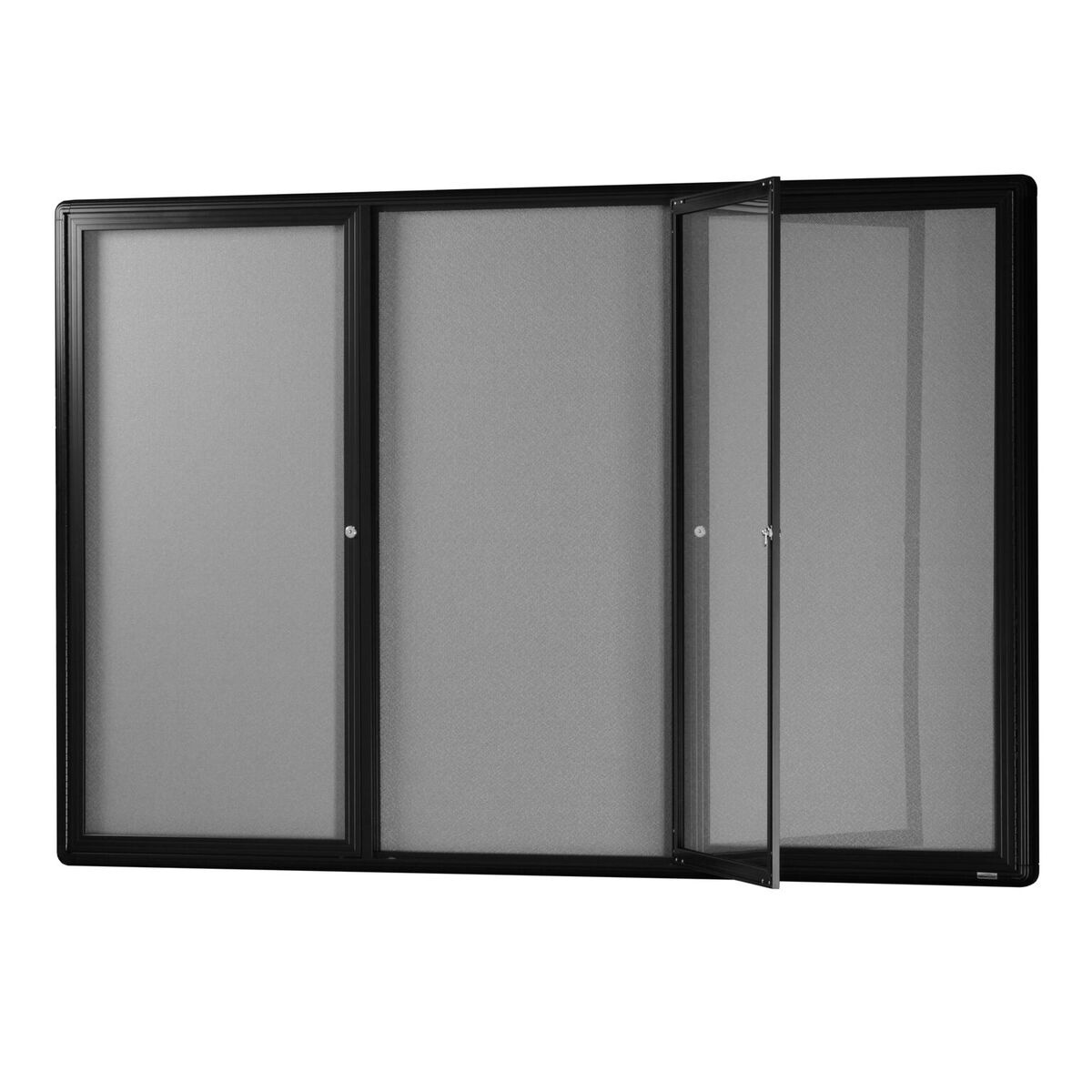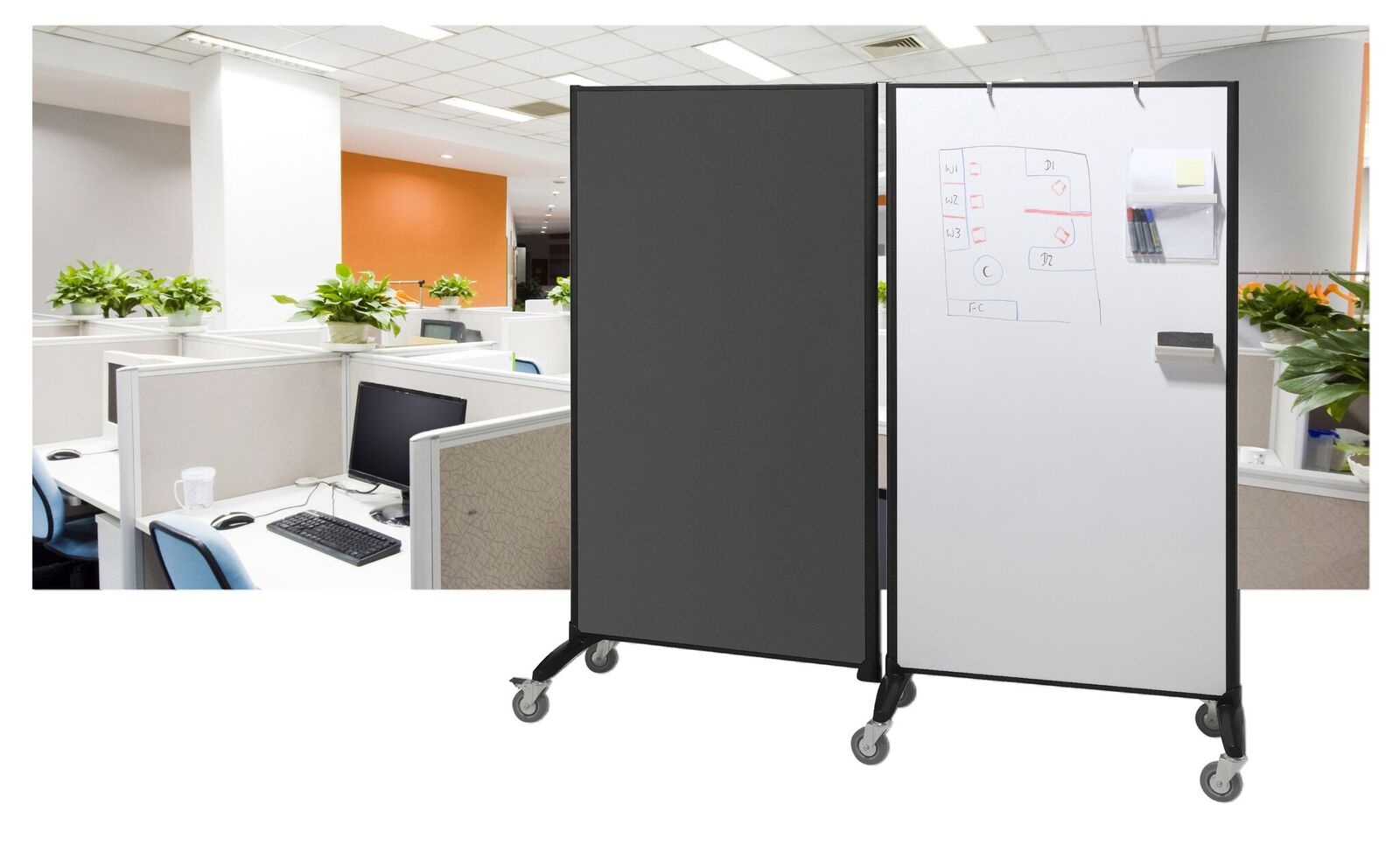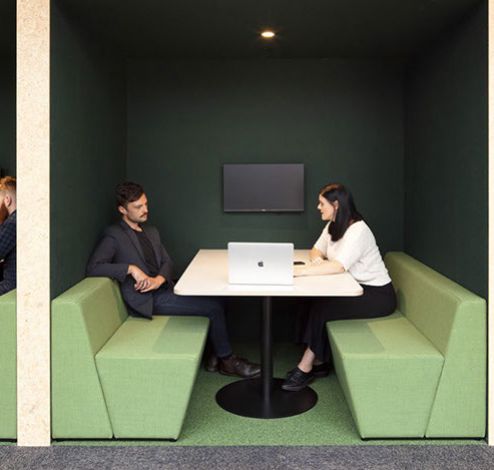Tempered glass boards: what’s so good about tempered glass? Well, it’s versatile, fascinating stuff. Here’s some interesting facts about tempered glass.
Tempered glass boards to tempered glass bath taps - be informed
Used in everything from tempered glass boards to bathroom fixtures, tempered glass is fascinating and versatile stuff. But what exactly is tempered glass? How is it made? What makes it so unique? These questions and more are answered in this article.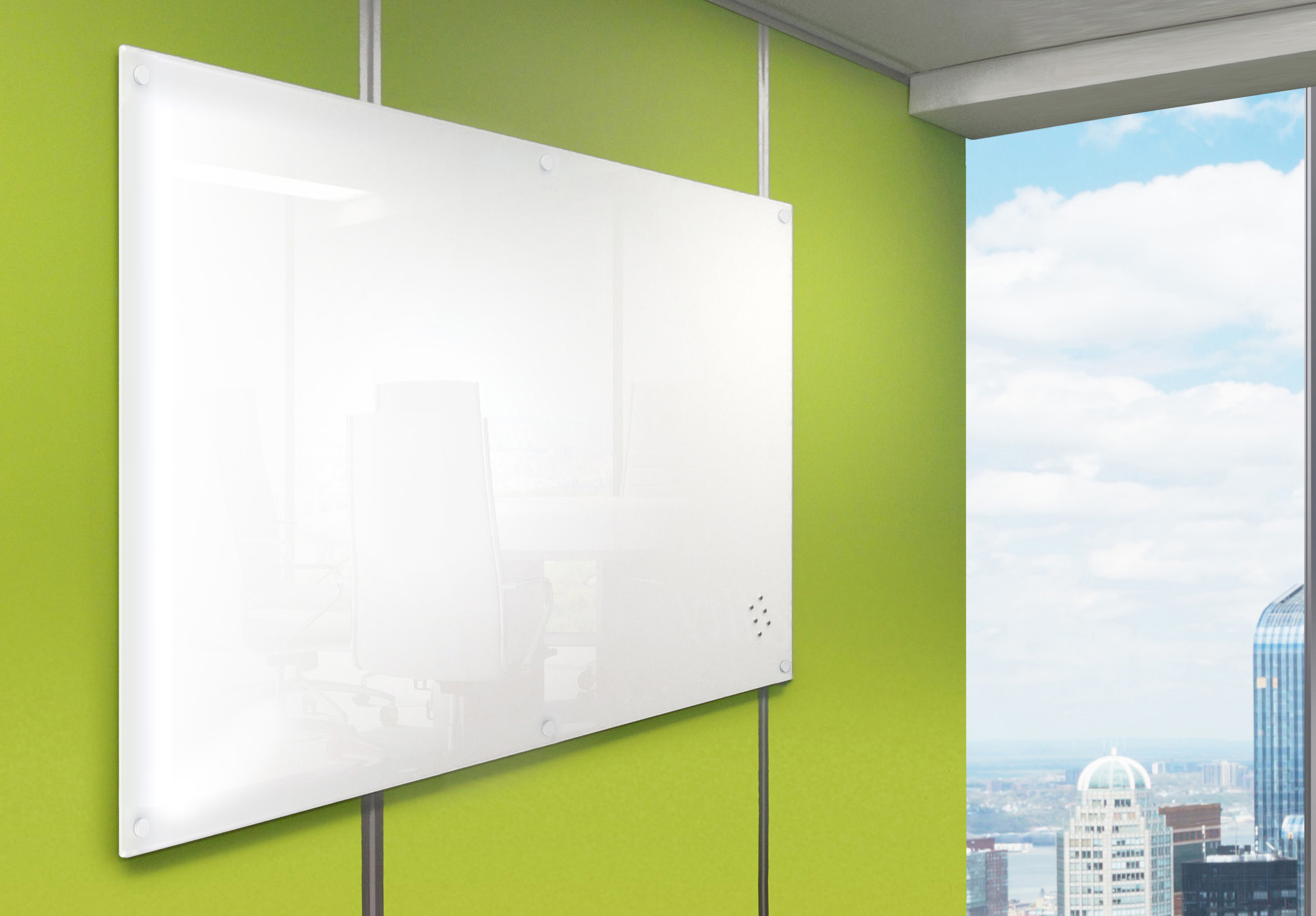
Here’s everything you need to know about tempered glass.
What is tempered glass?
Tempered glass - also called toughened glass - is a type of safety glass that has been processed by controlled chemical or thermal treatments to increase its strength.
Normal glass shatters into jagged shards when broken, but tempered glass doesn’t. What tempering does is put the interior of the glass into tension and the outer surface into compression. It is these opposing stresses that cause tempered glass to crumble into small granular chunks when its broken. These chunks are less likely to cause injury.
Due to its safety and strength, tempered glass is used in a wide range of demanding applications. Car windows, shower doors, and - yes - glass whiteboards are all made with tempered glass.
How is tempered glass made?
Let’s look closer at the two ways tempered glass can be made.
1. Chemical strengthening
Chemical strengthening is the process of strengthening glass through ion exchange. Typical glass is submerged in a molten potassium salt bath, causing sodium ions in the glass to be replaced by potassium ions from the bath.
The potassium ions, being larger than sodium ions, fit themselves into gaps left by the smaller sodium ions when migrating from the potassium solution. The resultant glass surface is in a state of compression while the core of the glass goes into tension to compensate.
Chemical strengthening results in high-performance glass with no notable distortion and an extremely shallow surface layer of strengthened, alkali-rich material. For this reason, chemical strengthening can be performed on significantly thinner glass than thermal tempering.
While chemical strengthening has its upsides when compared to thermal tempering, it’s also more expensive. As a result, thermal tempering is the more common practice.
2. Thermal tempering
Thermal tempering involves subjecting glass to an intense heating process followed immediately by rapid cooling. This huge change in temperatures causes the surface and edges of the glass to compress. The resultant glass has an extremely tough outer surface with a tensioned glass core.
To prepare glass for thermal tempering, it must first be cut to size. Any fabrication operations such as etching or edging must also be performed before the tempering process. (Attempting to alter tempered glass after-the-fact can result in a loss of strength or even shattering.)
Next, the glass begins a heat treatment. This involves the glass travelling through a tempering oven, either in a continuous feed or a batch. During this process, the glass will reach a temperature of more than 600 degrees Celsius.
Finally, the glass is cooled in a process called “quenching”. Quenching is a high-pressure, rapid cooling procedure in which high-pressure air blasts the surface of the glass.
This results in the outer surface of the glass cooling much faster than the centre. As the centre of the glass cools, it naturally tries to pull back from the outer surfaces. But these, of course, have already cooled and hardened. The result is the centre of the glass remaining in tension, while the outer surfaces go into compression.
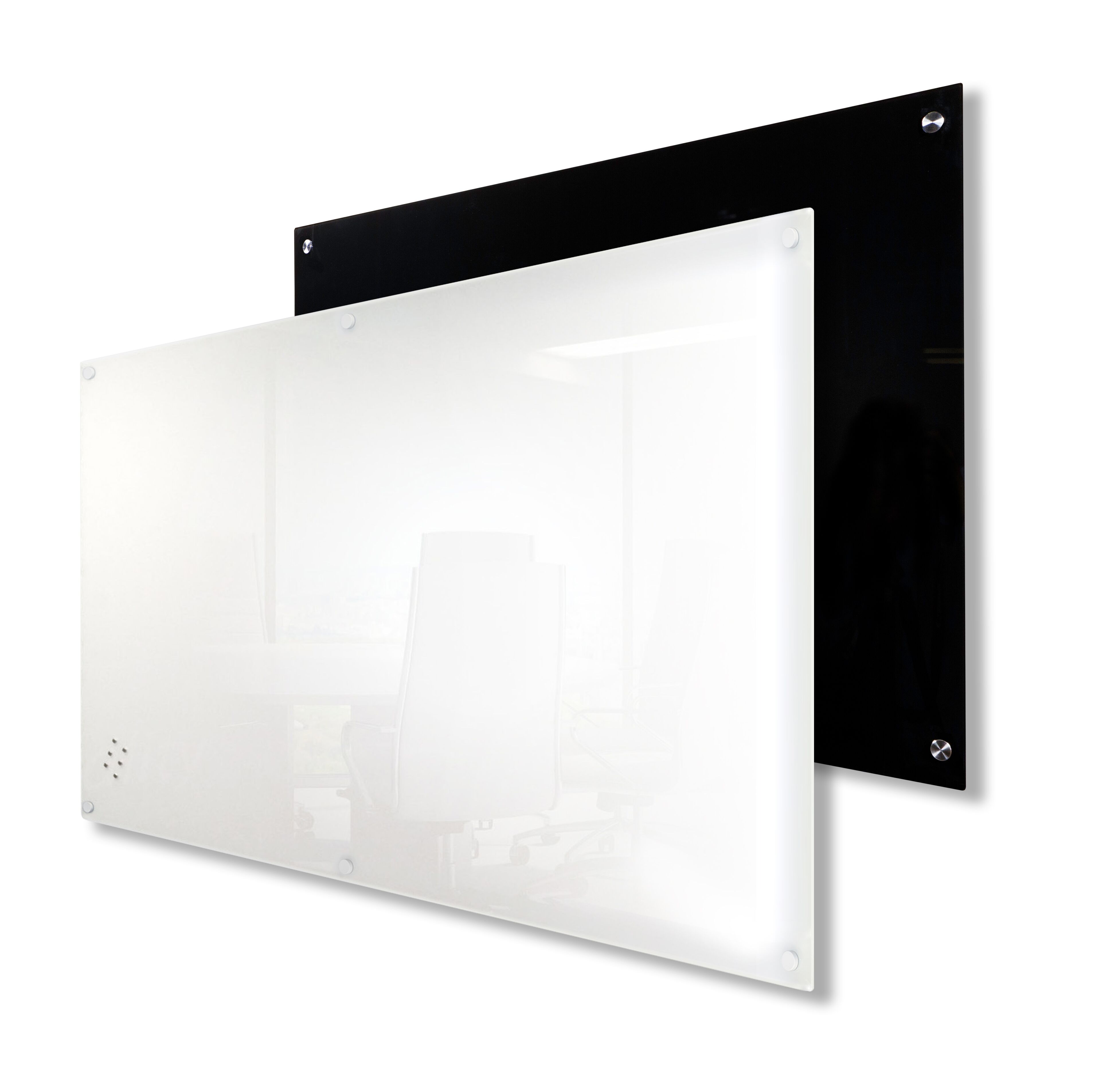 The history of tempered glass
The history of tempered glass
Long before tempered glass boards became the star of any office interior via a tempered glass board, tempered glass was being discovered, re-discovered, patented and mandated. Here are some highlights from the history of tempered glass.
Prince Rupert’s drop
Prince Rupert’s drops are one of the first examples of tempered glass, originating in the 17th century. Made famous when Prince Rupert of Bavaria presented five of the specimens to Charles II of England, these “drops” are formed when a blob of molten glass falls into a bucket of water.
The resultant shape is that of a teardrop, hence their name, but it’s their properties that made them such a curiosity for centuries. Why?
Because the bulbous end of a Prince Rupert’s drop is nearly indestructible! Even a small one can withstand a direct sledgehammer blow. However, the tail of the drop is extremely delicate. Even the tiniest fracture there instantly shatters the whole drop into dust.
The reason for this disparity in strength has been a source of curiosity for 400 years, and a mystery for almost as long.
It wasn’t until a group from Purdue University, the University of Cambridge and Tallinn University of Technology teamed up in 2017 that we finally got answers. Turns out that Prince Rupert’s drop is an extremely tough form of tempered glass.
Bastie glass
Francois Barthelemy Alfred Royer de la Bastie (1830–1901) is credited with first developing a method of tempering glass in an intentional and controlled way. Bastie’s process involved quenching almost molten glass in a heated bath of oil or grease. The method was patented in England on August 12, 1874.
To this day, tempered glass is sometimes referred to as “Bastie glass” after de la Bastie.
Siemens glass
In 1877, German inventor and businessman Friedrich Siemens developed a different tempering process. By pressing molten glass in cool moulds, Siemens was able to produce tempered glass stronger than any de la Bastie had developed. The resultant product was called “compressed glass” or “Siemens glass”.
Early uses of tempered glass
Tempered glass, taking on the name “safety glass”, found its first practical use in World War I. One of those uses was in the lenses of gas masks.
Following the excellent performance of tempered glass under battlefield conditions, this “safety glass” began to be used more widely, particularly in car windshields.
Modern safety glass standards
Today most countries, including Australia, have various standards, codes and regulations regarding the use of safety glass in everything from glass whiteboards to aeroplane windows to shower fixture installation. This mass-adoption of safety glass regulations has led to a boom in the tempered glass industry.
The advantages of tempered glass
Our tempered glass boards aren’t just a dream to use, the application of tempered glass comes with its own array of advantages. At a glance, tempered glass is:
1. Safe
2. Strong
3. Scratch resistant
4. Toughened
5. Heat resistant.
Tempered glass is safe
Tempered glass is stronger than regular glass so it resists breakage. You’d have to really give it your all to break one of our glass whiteboards. That said, in the unlikely event that tempered glass does break, it does so as safely as possible.
Upon breaking, tempered glass disperses into blunt, pebble-like pieces. This is a far cry from the large sharp shards of traditional glass. It’s this safety factor that’s led to tempered glass being used in passenger vehicles, shower doors and other applications where safety and strength are valued.
Tempered glass is strong
Tempered glass is far, far stronger than traditional glass. This is because glass in tension breaks about fives times easier than it does in compression. Tempered glass has both forces acting against each other, with compression outweighing the tension.
Typical glass will break at 6,000 pounds per square inch (psi) while tempered glass, according to federal specifications, must have a surface compression of at least 10,000 psi. And most tempered glass will break at approximately 24,000 psi - far stronger than concrete.
Tempered glass is scratch and damage resistant
Because tempered glass is stronger than conventional glass, it’s more resistant to scratches or knocks. It’s the reason our tempered glass boards are so tough and durable, able to weather everyday use without blemish.
Tempered glass is heat resistant
When regular glass is exposed to heat it can shatter. Tempered glass, on the other hand, can withstand much higher temperatures. For this reason, tempered glass is required in bathrooms where exposure to hot water is likely.
A tempered glass board is the last glass whiteboard you’ll ever need to buy
Tempered glass is tough, durable, safe and versatile. It’s little wonder our glass whiteboards come with a lifetime warranty.
Scratch and stain-resistant, tempered glass makes for the perfect whiteboard surface. It’s why we at JustBoards put so much stock in them.
Ready to experience the matchless quality of tempered glass with a JustBoards glass whiteboard?
Get in touch today! Great service, great prices and Australia-wide delivery to your door. Call us today on 1800 654 917 or send an email to info@justboards.com.au
